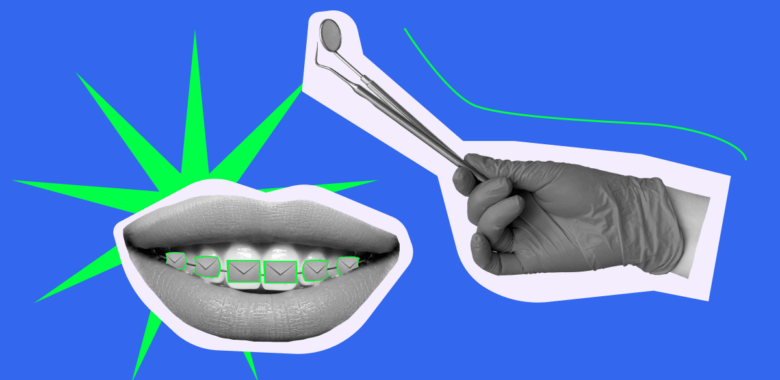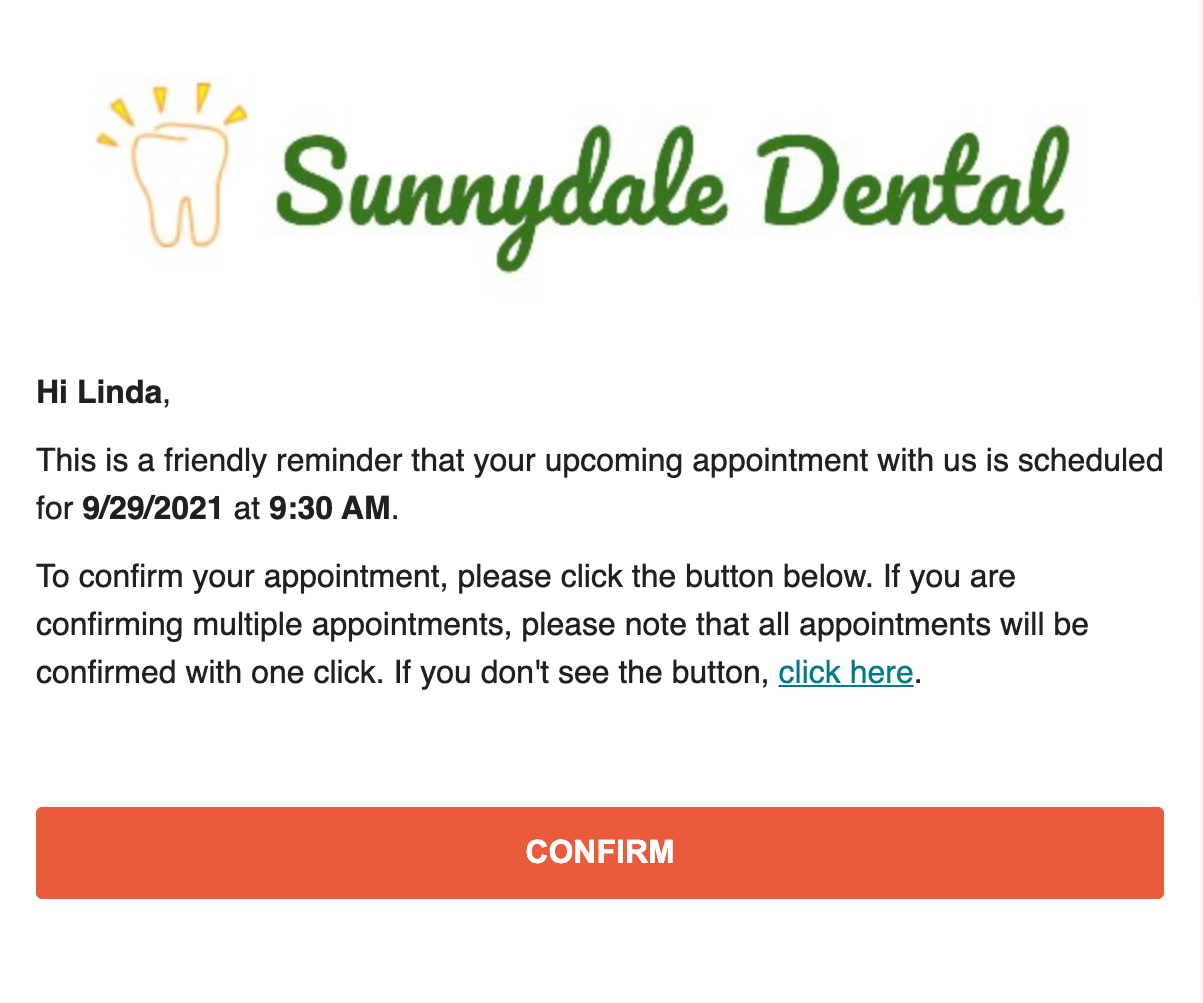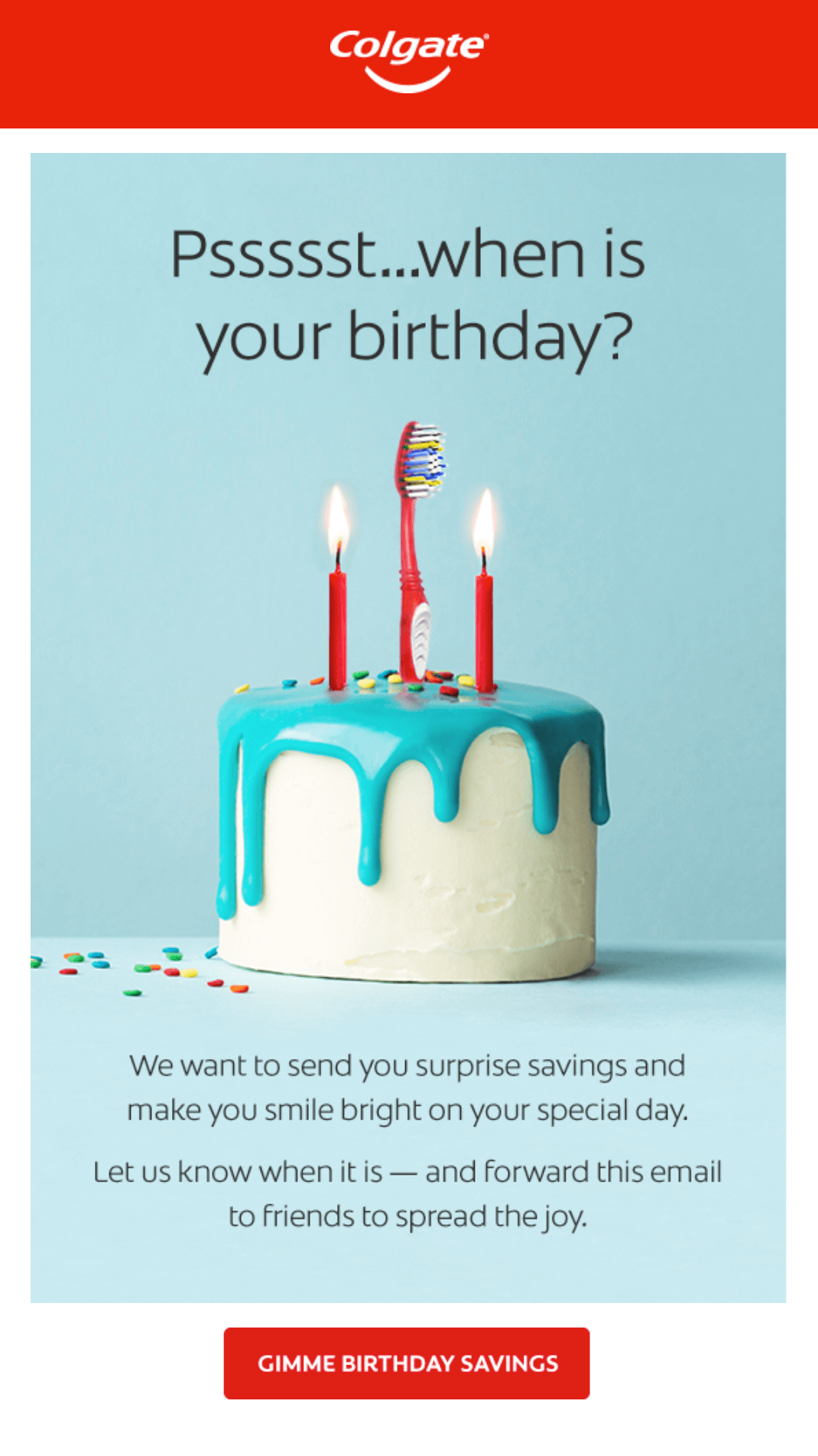How to start a dental practice email marketing campaign
Digital marketing can be tricky and overwhelming, especially for beginners. If you just started your marketing campaign for your dental practice, these tips will help you to achieve great results:
-
Decide on an email marketing service
The first step is to choose an email marketing platform that has special features and functions not available in regular email clients like Gmail. There are many options available, such as Selzy, Mailchimp, and Constant Contact. While it’s useful to look at the prices first, consider not just a plan, but different features you might need, a user-friendly interface, and templates. Other important features include automation capabilities and good deliverability rates. In case you need help, here’s an article about the best email marketing services.
-
Come up with a valuable freebie to boost sign-ups
People love getting things for free, and you can use it to your advantage. Encourage your patients, existing or future ones, to sign up for your email list with a valuable freebie. It could be a step-by-step guide with oral health tips or a discount coupon for dental services. Make a social media post, or print a poster to hang in your office, and see how your list is growing by the day.
-
Start promoting your forms and collecting emails
Now, it is time to start promoting your email sign-up form on your social media and your website. As we’ve mentioned above, you can collect email addresses at your dental office. It could be as simple as asking patients to sign up when they are at the reception desk. Hanging up a poster in the hallway or putting around QR codes are also good options.
-
Set clear goals
Before you start sending emails, define goals for your email marketing campaign. Do you want to increase appointment bookings? Or looking into launching your line of dental care products? Every next step will depend on the type of goal you’ve chosen.
-
Start sending out emails
Whenever there is a new subscriber, start with a welcome email. As mentioned above, it helps introduce new clients to your dental practice, see for themselves the benefits of your services, and set you up as a caring professional. Then, plan a content calendar and start sending out dental newsletters on a regular basis.
To always stay on top of the email game, don’t forget to follow email marketing trends.
-
Monitor the results
Finally, remember to monitor and analyze the results of your emails. Most email marketing platforms provide analytics tools to track key metrics, such as open rates, click-through rates, and conversions. Some of your emails will perform better than others, and this will give you insights and guidance for your next campaign.













